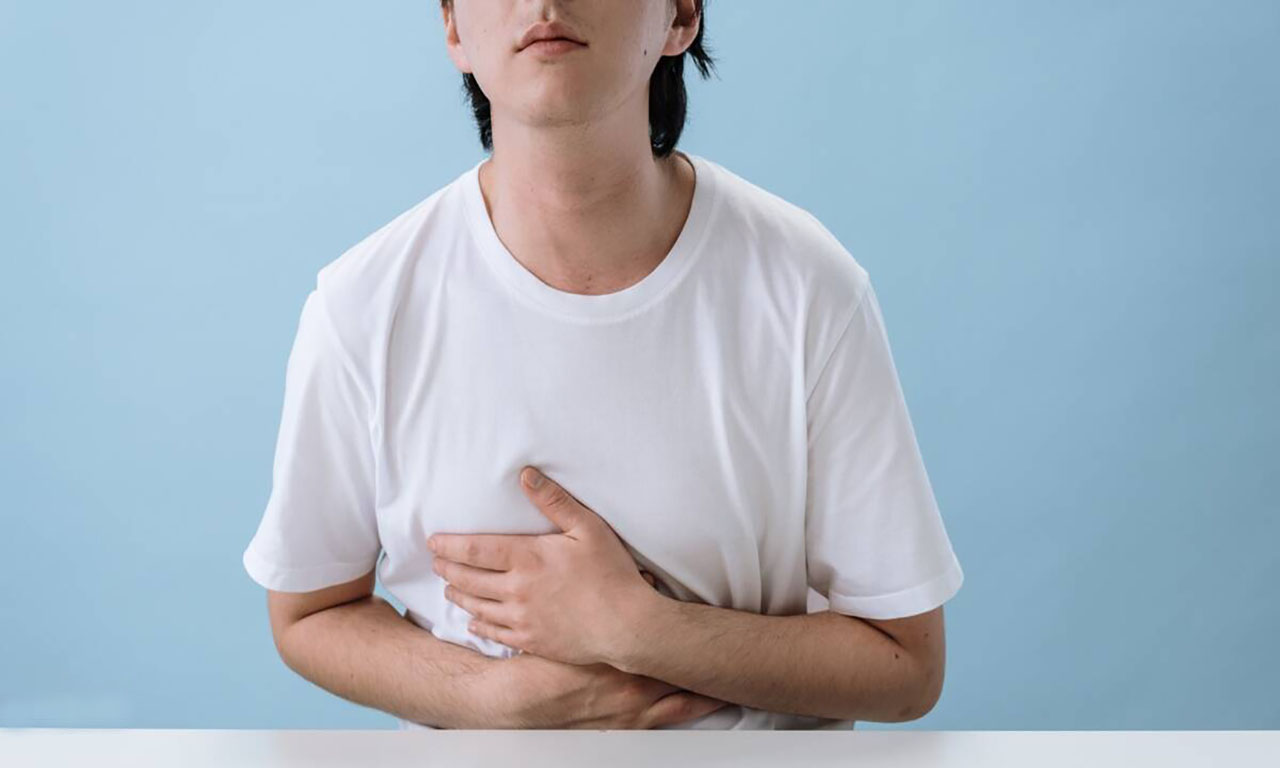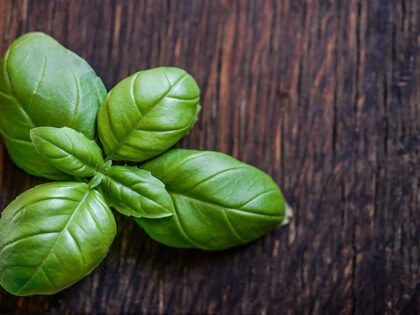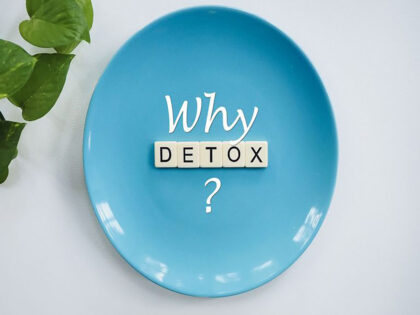Gallbladder stones: A closer look
-
Roopashree Sharma
- Posted on
- 0 comments

The Organ
Our gallbladder is a tiny little organ right below the liver in the upper right abdomen. Its function is to store bile (a liquid that helps with digestion). Now, when these fluids get hardened due to various reasons (mentioned below), they form Gallbladder stones i.e., deposits of digestive fluids that can vary in size and number. Now let’s understand how and why this happens.
In Ayurveda, the gall bladder is called Pittashaya – since it stores Pitta (fire or heat element in the body). Ashmari stands for stone in Ayurveda and thus the stone formed in it is called Pittashmari.
Though men and women can both suffer from gallstones, it is observed more frequently in women, near or above the age of 40 (especially before menopause).
What are the causes of gallbladder stones?
While several factors can lead to the formation of gallbladder stones, the major reasons are –
- When there is an obstruction in the flow of bile or
- When the liver produces more cholesterol than bile can dissolve.
- When there is too much bilirubin (substance formed after red blood cells break down) in the bile.
Other factors that can cause gall stones are:
- Nutritional factors like eating fewer meals, constipation, and low intake of nutrients such as vitamin C, Calcium are also contributors.
- Pregnancy, hormone therapy, and hormonal contraception can also result in gall stones.
- The composition of gallstones can also be affected by age, diet, weight, and ethnicity.
Types of Gallbladder stones:
- Cholesterol stones– where 80% of the weight is cholesterol. They vary from light yellow to dark green or brown and are 2-3cms long.
- Bilirubin stone- composed of bilirubin and calcium salts found in bile. They are small, dark, and mostly black.
- Mixed stones– contain 20-80% cholesterol, and other constituents like calcium carbonate, bilirubin, and other bile pigments.
What are the Symptoms?
- Severe pain in the upper right side of the abdomen.
- Nausea and vomiting
- Pain between the shoulder blades or below the right shoulder.
If any of these symptoms persist, you should immediately get tests done for gallstone detection, as it’s easier to treat them at an earlier stage.
Gallbladder stones formation & cure in Ayurveda
As per Ayurveda, the Vata, Pitta and Kapha doshas, all play a role in the formation of gallstones. Pitta element is aggravated with alcohol and spicy foods, and Kapha from fatty foods, mixed together creates a sticky mixture. Vata then dries, mixes and moulds this into a stone.
Ayurvedic treatments aims to naturally dissolve the stones with herbal medication and no surgery. Herbs are used to cleanse the liver and restore its function.
Herbal medicine such as turmeric, Oregon grape, and bupleurum may reduce gallbladder inflammation and relieve liver congestion. Coin grass or Lysimachiae Herba has a better effect in treating cholesterol gallstones.
Dietary factors also contribute significantly to the formation of stones, therefore a dietary and lifestyle change is also prescribed along with physical exercise, as recommended by the Ayurveda doctor. Dietary changes that lower plasma insulin levels, such as a change in dietary fats and substitution of unrefined carbohydrates for refined carbohydrates, may also be helpful.
Some yoga poses are said to cure gallstones, although no studies support this claim. The following poses are believed by some, to be beneficial for people with gallstones:
- Bhujangasana (Cobra Pose)
- Dhanurasana (Bow Pose)
- Pachimotasana (Seated forward bend)
- Sarvangasana (Shoulderstand)
- Shalabhasana (Locust Pose)
Rock Salt Remedy
Before breakfast, on an empty stomach, take a teaspoon of Saindhava Lavana, Sajji Kshara, or ordinary table salt in a glass of hot water. After drinking it, lie down for about 45 minutes on your right side.
Do this once or twice a week. Fasting with apples enhances the benefits of the salt remedy. This is an excellent remedy to increase the flow of bile.
Panchakarma or Detox Therapy
a. Avagah Sweda (Bath-tub)Avagah Sweda is most beneficial for pain management. The therapy involves applying warm Dhanvantaram Thailam oil to the body and sitting in a bathtub. Massage and warm fomentation help pacify Vata and open the channels.
b. Parisheka (Oil or medicated shower)
Pouring a continuous stream of medicated decoctions (with herbs such as Dashamula, Eranda, or Kutki) on the lower abdomen helps pacify Vata and Pitta.
c. Virechana (Therapeutic Purgation)
Gallstones occur due to a high concentration of Pitta and malfunctioning liver. The liver is the organ that controls the Rakta vaha srotas. Rakta and Pitta are closely related. Virechana is the best treatment for Pitta.
d. Vaman (Therapeutic Emesis)
If gallstones are related to hyper cholesterol and obesity, Vaman is indicated to correct dyslipidemia (an abnormal amount of lipids in the blood).
There have been case studies featured in the World Journal of Pharmaceutical Research, on the effective treatment of gallstones (Cholelithiasis)with Ayurvedic methodologies. Click here
In case you suffer from this condition, please visit your nearest certified Ayurveda practitioner for detection and cure. We wish you a speedy recovery and a healthier lifestyle!





